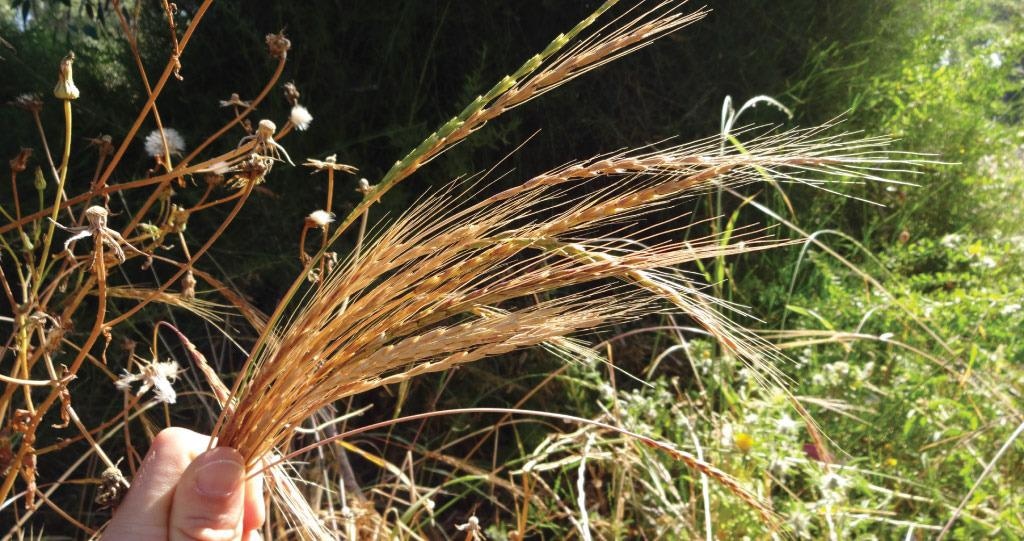Stem rust is a major disease in wheat crops around the world, and outbreaks are expected to become more prevalent in upcoming climate change scenarios.
 Aegilops sharonensis, or Sharon goatgrass, is a wild wheat that possesses a disease-resistance gene that can be used to boost the immunity of wheat and barley, thus helping to improve global food security. Image Credit: © 2022 KAUST; Brande Wulff
Aegilops sharonensis, or Sharon goatgrass, is a wild wheat that possesses a disease-resistance gene that can be used to boost the immunity of wheat and barley, thus helping to improve global food security. Image Credit: © 2022 KAUST; Brande Wulff
According to KAUST researcher Brande Wulff, the disease’s resurgence in recent decades underlines the value of creating new wheat varieties with broad-spectrum ongoing resistance to stem rust.
An international research group led by Wulff and lead author Guotai Yu recently detected and transmitted a stem rust resistance gene from Aegilops sharonensis to common wheat. The new transgenic wheat lines have high degree of resistance to the pathogen stem rust.
So far, 58 stem rust resistance genes in wheat have been recognized, with nearly half of these presented from domesticated and wild wheat and cereal species. Ae. sharonensis is a wild cousin of wheat that grows in Israel and southern Lebanon. The species has many agriculturally important traits, such as tolerance to significant wheat diseases like rust, but its genetic basis is largely unexplored.
Advances in genomics and bioinformatics are fueling an exponential growth in the discovery and cloning of disease resistance genes in wheat and its wild relatives. This is providing exciting opportunities for engineering broad-spectrum and durable disease resistance into wheat.”
Guotai Yu, Study Lead Author, King Abdullah University of Science and Technology
“The key advances that have allowed us to do this work are a steep fall in the cost of DNA sequence acquisition and improvements in data storage, computer power and bioinformatics,” adds Wulff.
The team has also published a “reference genome,” which will aid continued efforts to dupe other resistance genes.
This means that most of the genome has been assembled into connecting stretches of DNA that, in turn, have been ordered according to their physical orientation in the genome.”
Brande B. H. Wulff, King Abdullah University of Science and Technology
This genome assembly will be helpful for future research looking at cloning Aedes sharonensis genes, acknowledging the progression of wild grasses, and wheat domestication.
So far, approximately 80 genes in wheat have been cloned, of which approximately 40 are disease-resistance genes, 30 of which are resistant to rusts (wheat stem rust, stripe rust, and leaf rust).
According to Wulff, the raw material is now accessible to develop some formidable stacks that has several resistance genes for every rust gene.
“Such polygene stacks would be very difficult for the pathogen to overcome, potentially turning wheat into a nonhost for these devastating diseases,” forecasts Wulff.
“If I were a wheat rust now, I would be shaking in my spore.”
Source:
Journal reference:
Steuernagel, B., et al. (2022) Aegilops sharonensis genome-assisted identification of stem rust resistance gene Sr62. Nature Communications. doi.org/10.1038/s41467-022-29132-8.